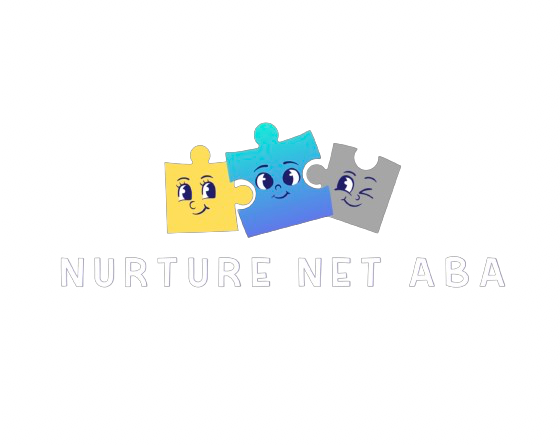RBT MOCK EXAM
This section offers you the opportunity to take a mock Registered Behavior Technician (RBT) exam, simulating the real testing experience. By practicing here, you'll get a better understanding of the exam format, types of questions, and topics covered, helping you feel more confident and prepared for the official RBT exam. Test your knowledge across key areas like Measurement, Assessment, Behavior Reduction, and more!
Here are some key topics you can expect to encounter in this mock exam, along with the essential material to review:
-
Defining and Measuring Behavior
Learn how to accurately define and measure behaviors to track progress in interventions.
-
Data Collection Methods and Procedures
Practice gathering and recording data using methods like frequency, duration, and interval recording.
-
Conducting Preference Assessments
Explore how to identify preferred items or activities that can serve as reinforcers for clients.
-
Principles of Reinforcement and Punishment
Review the key concepts of reinforcement and punishment and how they impact behavior.
-
Behavior Reduction Strategies
Understand the tools and techniques used to reduce challenging or unwanted behaviors.
-
Skill Acquisition Techniques
Focus on how to teach new skills and promote learning using evidence-based methods.
-
Functional Behavior Assessments (FBA)
Learn how to assess the reasons behind challenging behaviors and develop appropriate interventions.
-
Professional and Ethical Responsibilities as an RBT
Review the ethical guidelines and professional standards required for practicing as an RBT.
